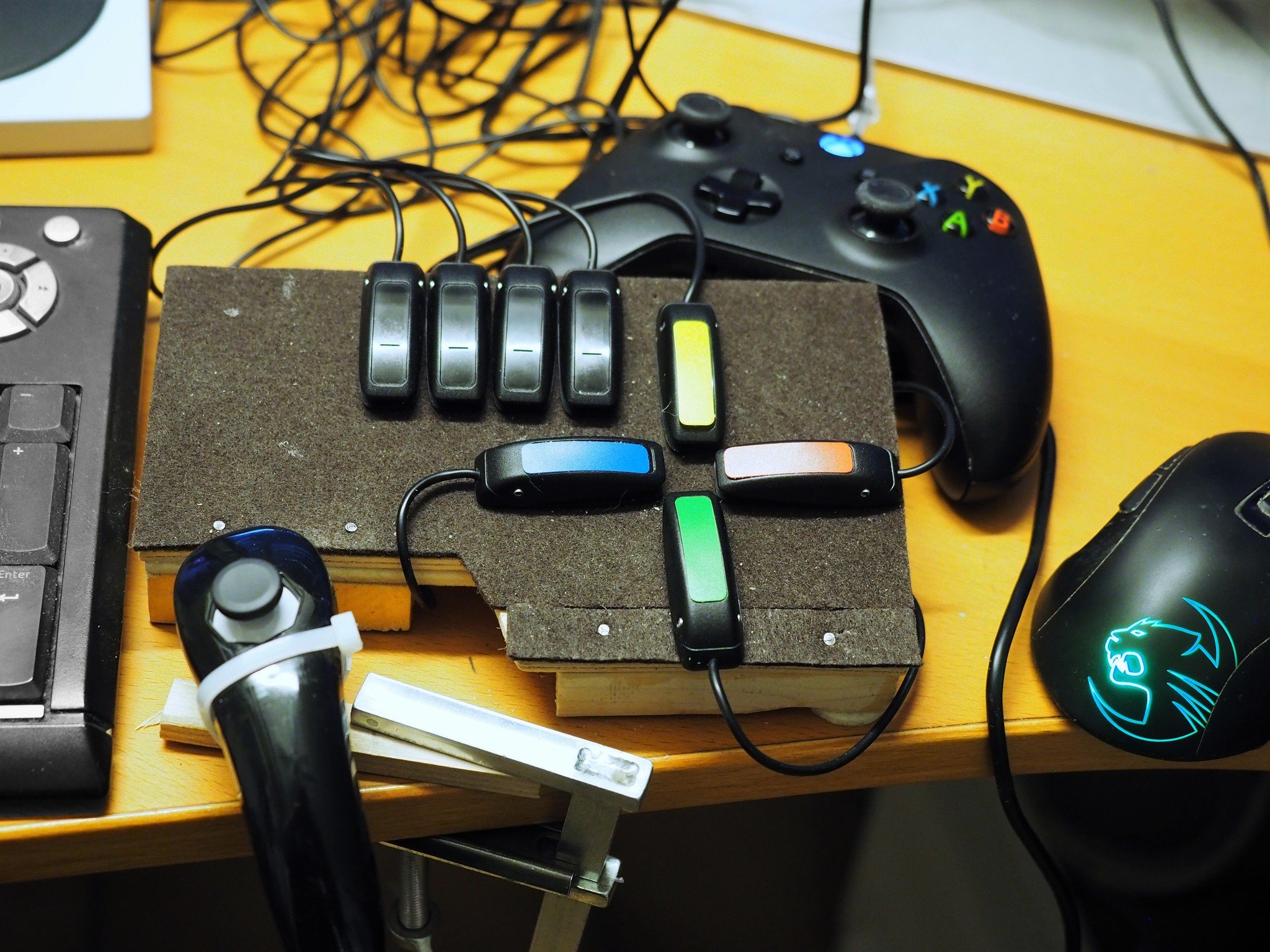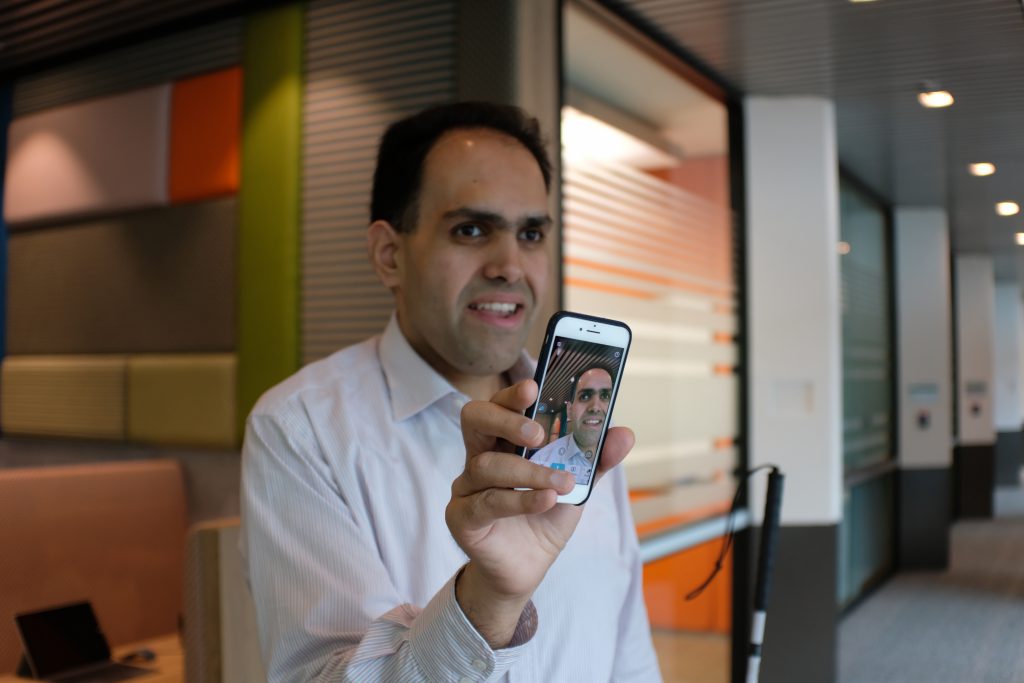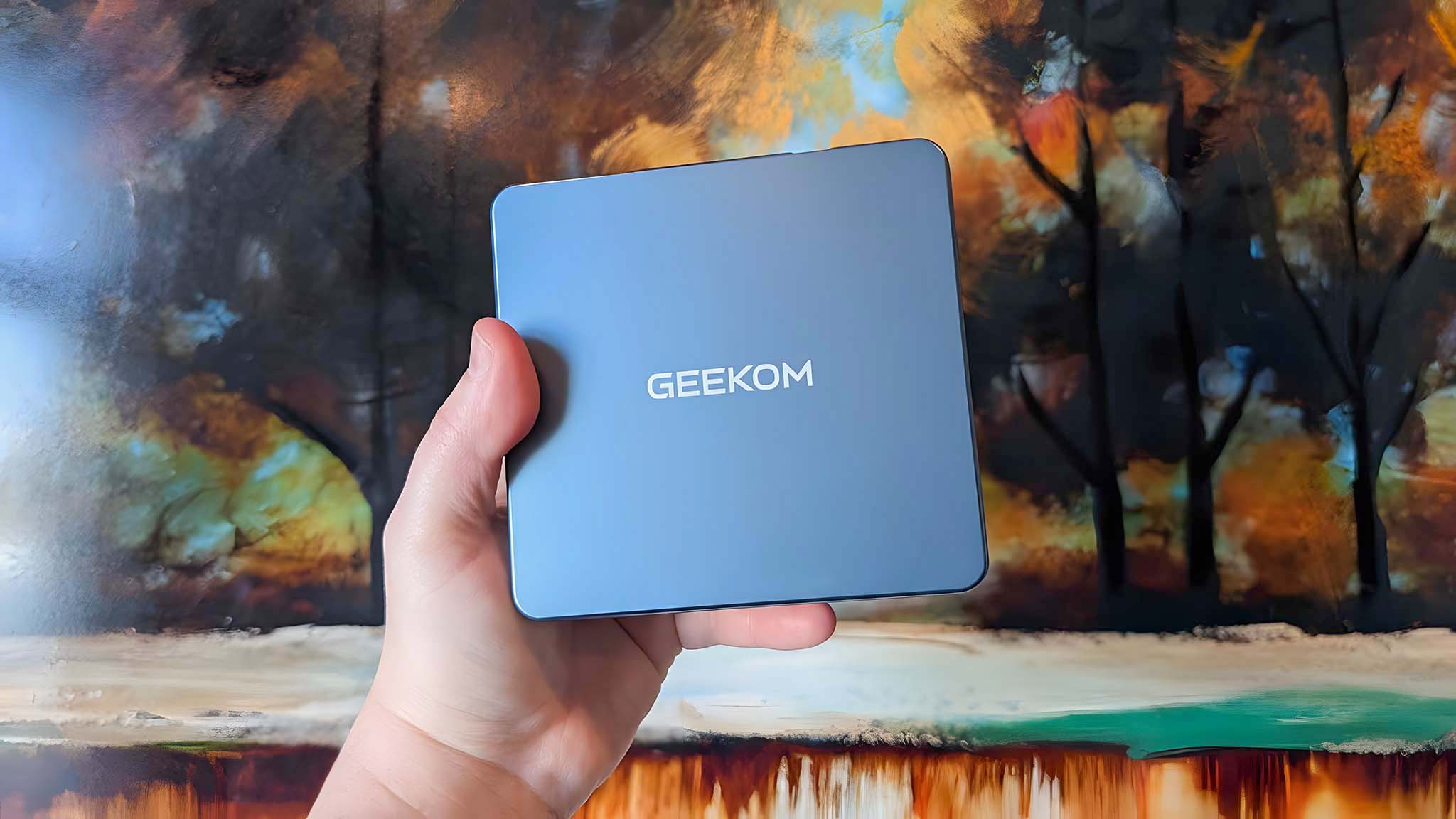Microsoft announces five-year commitment to help people with disabilities
Over one billion people live with a disability, and Microsoft is working to help them.

What you need to know
- Microsoft announced a five-year commitment to helping people with disabilities.
- The initiative includes developing technology, creating opportunities, and improving inclusivity.
- Microsoft announced several new partnerships and accessibility features as part of its extended commitment.
Microsoft announced a new five-year commitment to improve accessibility and to help people with disabilities. The company calls accessible technology a "fundamental building block that can unlock opportunities in every part of society" in a blog post. The post is written by Microsoft president Brad Smith. Microsoft also announced a set of new "accessible by design" features for Microsoft 365.
According to the World Health Organization, around 15% of people in the world have some form of disability. Efforts to improve access to technology directly affect over 1 billion people, and by extension, touch the lives of billions. Microsoft outlines three priorities for its initiative:
- Spurring the development of more accessible technology across our industry and the economy.
- Using this technology to create opportunities for more people with disabilities to enter the workforce.
- Building a workplace that is more inclusive for people with disabilities.
New "accessible by design" features were also announced today, including a new background accessibility checker across the core Office apps and Outlook, AI in Word to make headings more accessible to low-vision and blind readers, and a new Excel navigation pane designed for screen readers. Microsoft is also expanding Immersive Reader, adding a high-contrast mode to Microsoft Teams, and adding auto-captioning to LinkedIn Live Broadcasts.

Microsoft has worked to improve accessibility for years. Immersive Reader, the Xbox Adaptive Controller, and Seeing AI are just some examples of the company's efforts.
Several partners work with Microsoft to improve accessibility as well. For example, Microsoft announced a new partnership with the University of Washington on CREATE and partners with the nonprofit SeeAbility in the UK. Microsoft also has dedicated accessibility research teams, which have helped create innovations such as Eye Control in Windows 10.
As part of its efforts, Microsoft is creating a Low-Cost Assistive Technology Fund, which is part of the AI for Accessibility program. The new fund will launch in fall 2021. Microsoft is working with internet providers, governments, and organizations to deliver affordable broadband, hardware, software, and digital skills to people with disabilities. Today, Microsoft announced a new ASL video call capability that lets deaf people browse Microsoft Store products with a member of Microsoft's deaf support staff.
Smith's post also outlines Microsoft's efforts to increase skills and education levels for people with disabilities. Those efforts include creating Universal Design Learning environments in STEM education and Reflect within Microsoft Teams, which helps support social and emotional learning.
Get the Windows Central Newsletter
All the latest news, reviews, and guides for Windows and Xbox diehards.
Microsoft also annnounced plans to make hiring more inclusive, including broadening its Support Employment Program to a total of 12 countries and expanding its Autism Hiring program.
While Microsoft's efforts are extensive, the company highlights that helping other organizations will leave a larger impact. Smith states, "We believe that Microsoft's most important contribution to accessibility will come not from our own work, but from helping our customers and partners use technology to meet their accessibility commitments."
To help organizations, Microsoft published the Microsoft Accessibility Evolution Model last year.

Sean Endicott is a tech journalist at Windows Central, specializing in Windows, Microsoft software, AI, and PCs. He's covered major launches, from Windows 10 and 11 to the rise of AI tools like ChatGPT. Sean's journey began with the Lumia 740, leading to strong ties with app developers. Outside writing, he coaches American football, utilizing Microsoft services to manage his team. He studied broadcast journalism at Nottingham Trent University and is active on X @SeanEndicott_ and Threads @sean_endicott_.
